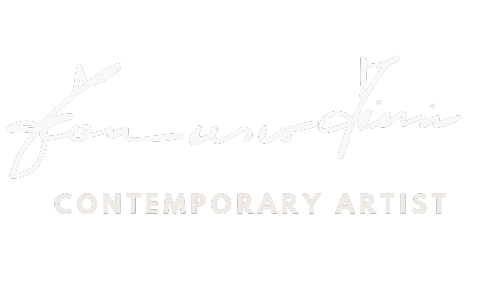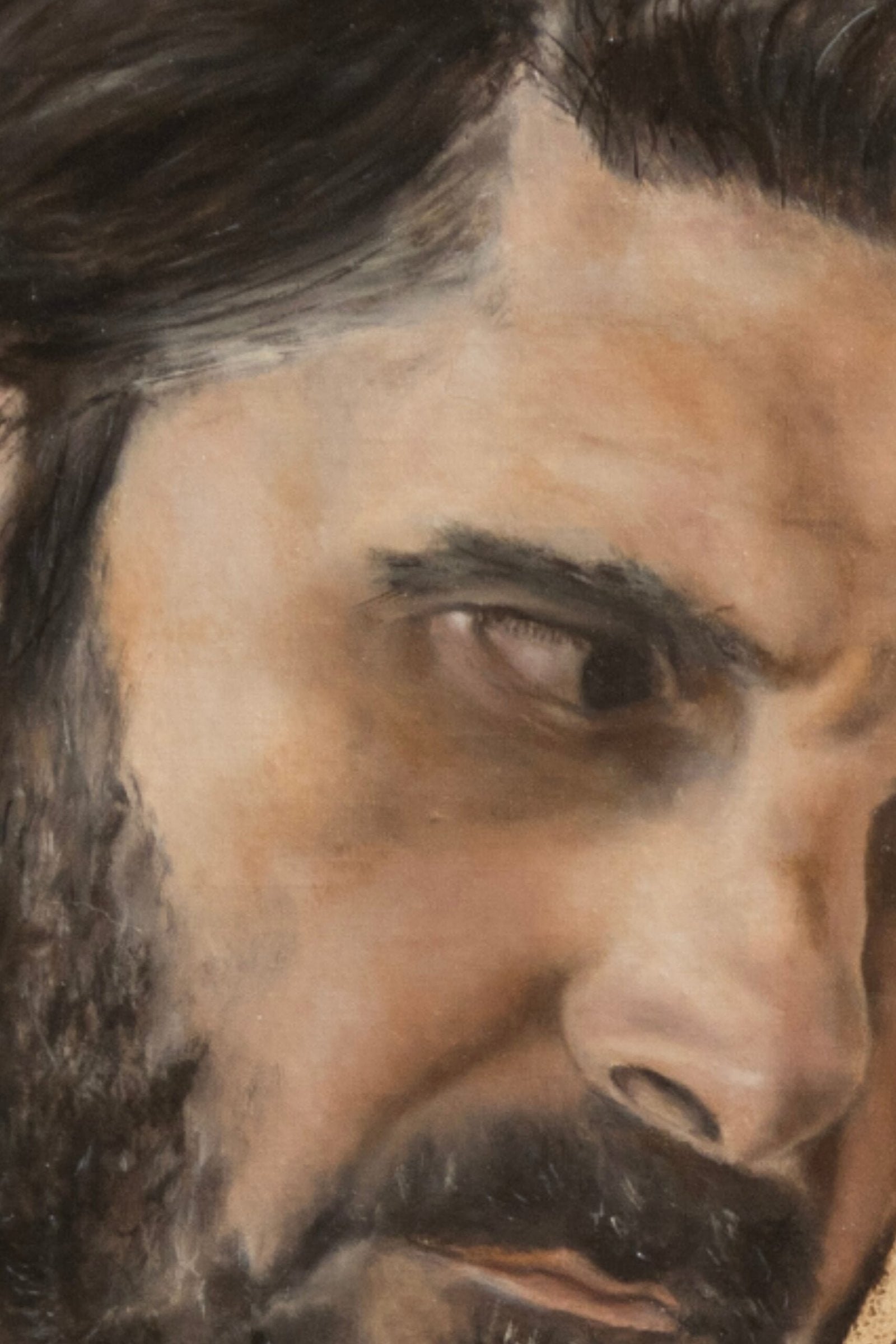In today’s world—shaped by digital languages, immersive installations, and generative algorithms—speaking about figurative painting may seem outdated, even obsolete.
Yet more than ever, the human figure answers a deep necessity: to be seen, felt, contemplated.
From the Crisis of the Figure to Its Return
During the second half of the twentieth century, the figure was nearly abandoned. Avant-garde movements, provocation (Artist’s Shit), conceptual art, and the overproduction of photography had declared the painted body obsolete.
“Each generation is, at a certain moment, in revolt against the standards of its predecessors; every work of art appeals to its contemporaries not only for what it does, but also for what it leaves undone.”
(Gombrich, The Story of Art, Phaidon, Preface)
This insight helps us understand why figurative painting today is not nostalgia. It is a critical dialogue with tradition, opening new expressive paths in the present.
Many artists return to the figure as a gesture of visual resistance—not to repeat the past, but to rebuild a direct, tactile relationship with visible matter.
Figurative painting becomes a space of proximity in an age obsessed with detachment and abstraction.
The Painter’s Gesture as Presence
Figurative painting is not merely a visual style—it is an embodied act, a slow, meditative process that stands against the compulsive flow of images in digital culture.
True pictorial gesture doesn’t aim to reproduce an image, but to generate presence.
Hyperrealism, in this sense, seems like a cold response to this need—but still a technically ambitious attempt to resolve the modern tension between art and reality.
To me, the figure is not simply a subject: it is a threshold, a memory, flesh that holds a different sense of time.
This kind of resistance is not nostalgia. It is a practice of depth in a world obsessed with surfaces.
My Position in the Debate
In my work, the human body is never a neutral subject—it is a place of transformation.
I do not paint to imitate reality, but to transfigure it poetically.
I seek a living figure, one that breathes light and silence.
A painting that doesn’t shout, but listens. One that doesn’t explain, but reveals.
This is what figurative painting means to me today: not a return, but a conscious act of presence.
Not style, but critical positioning. Not posing, but an inhabited image.
Call to Action
👉 Discover how this vision shapes my painting practice. Explore my works and thoughts on the blog.


